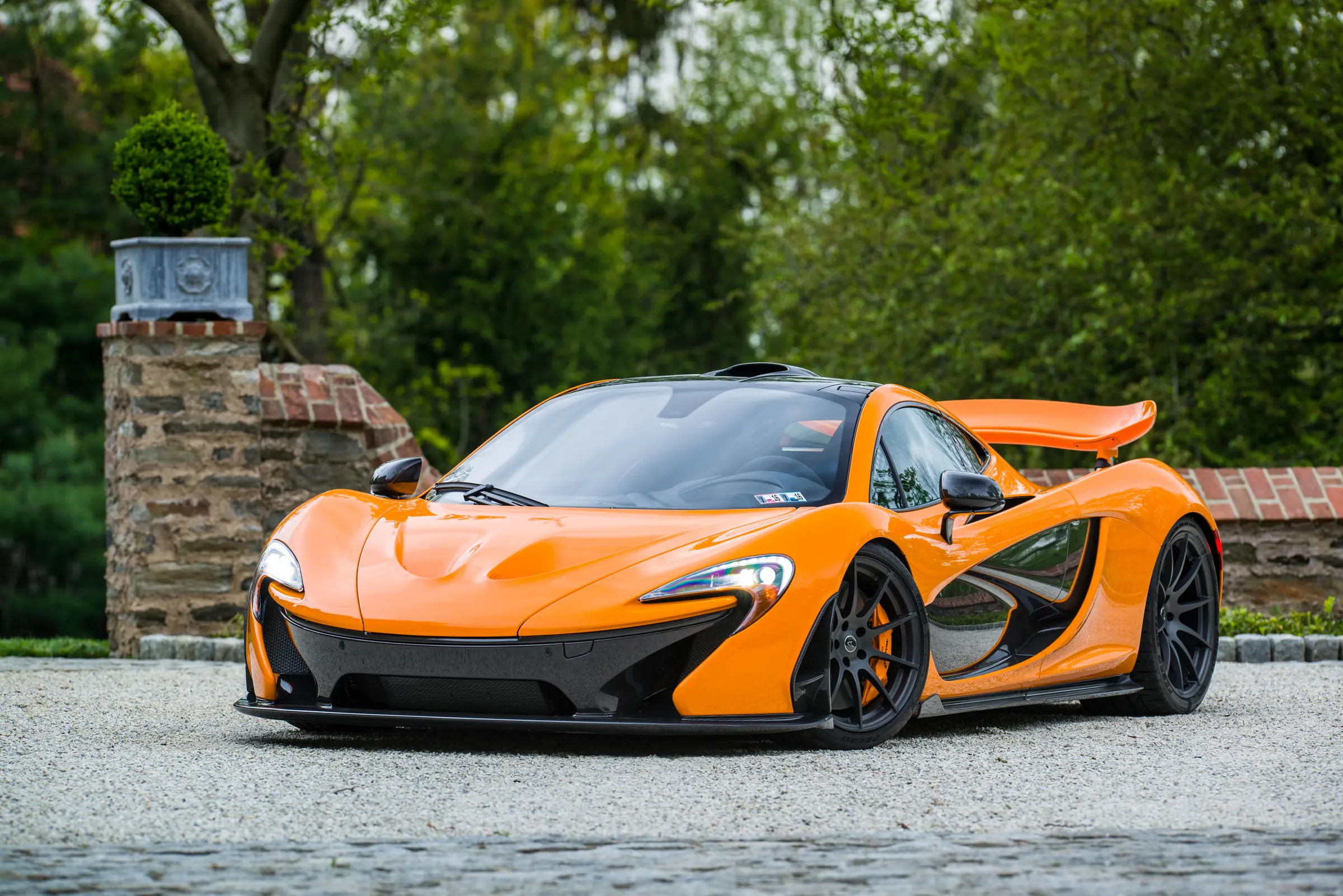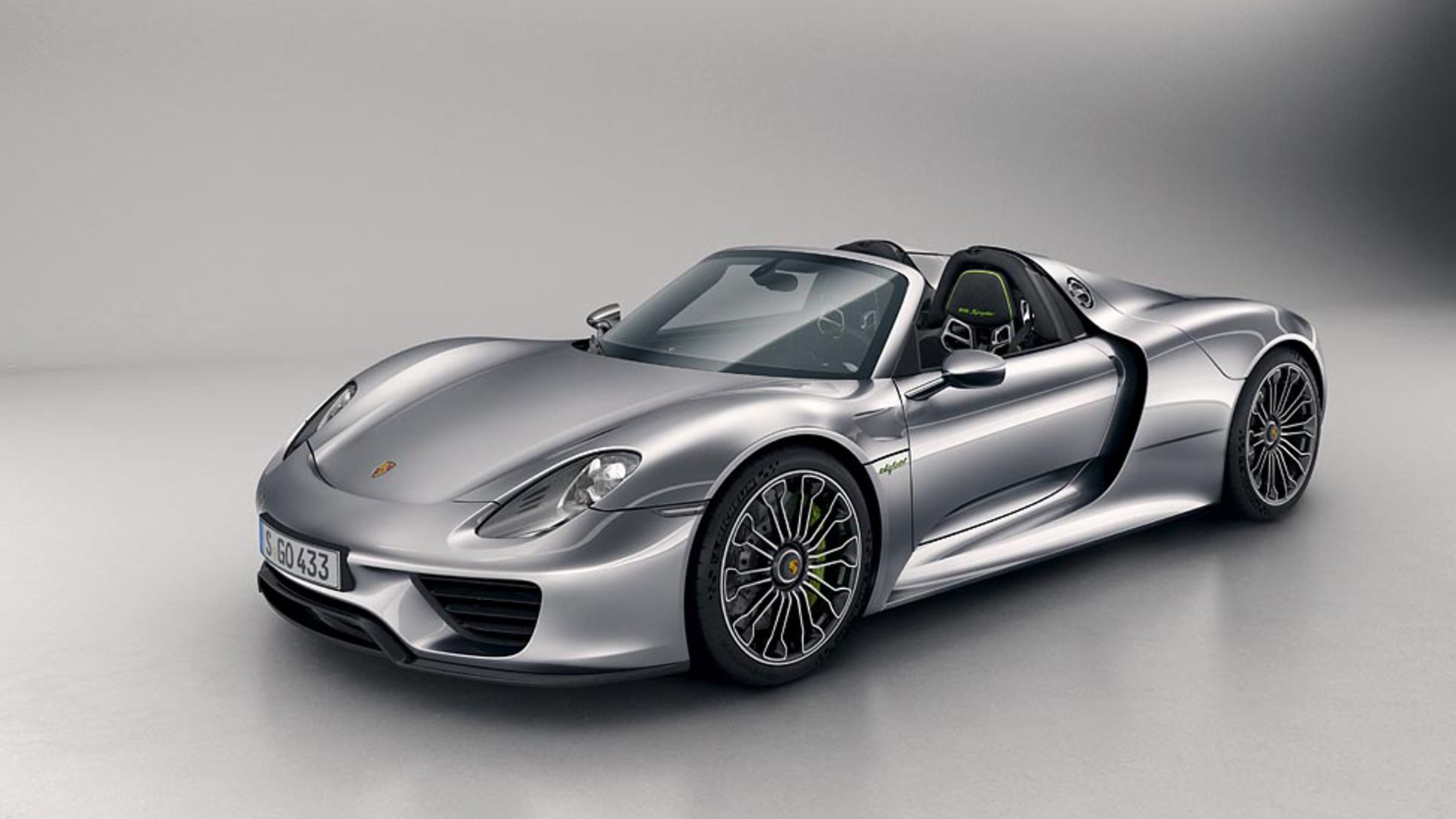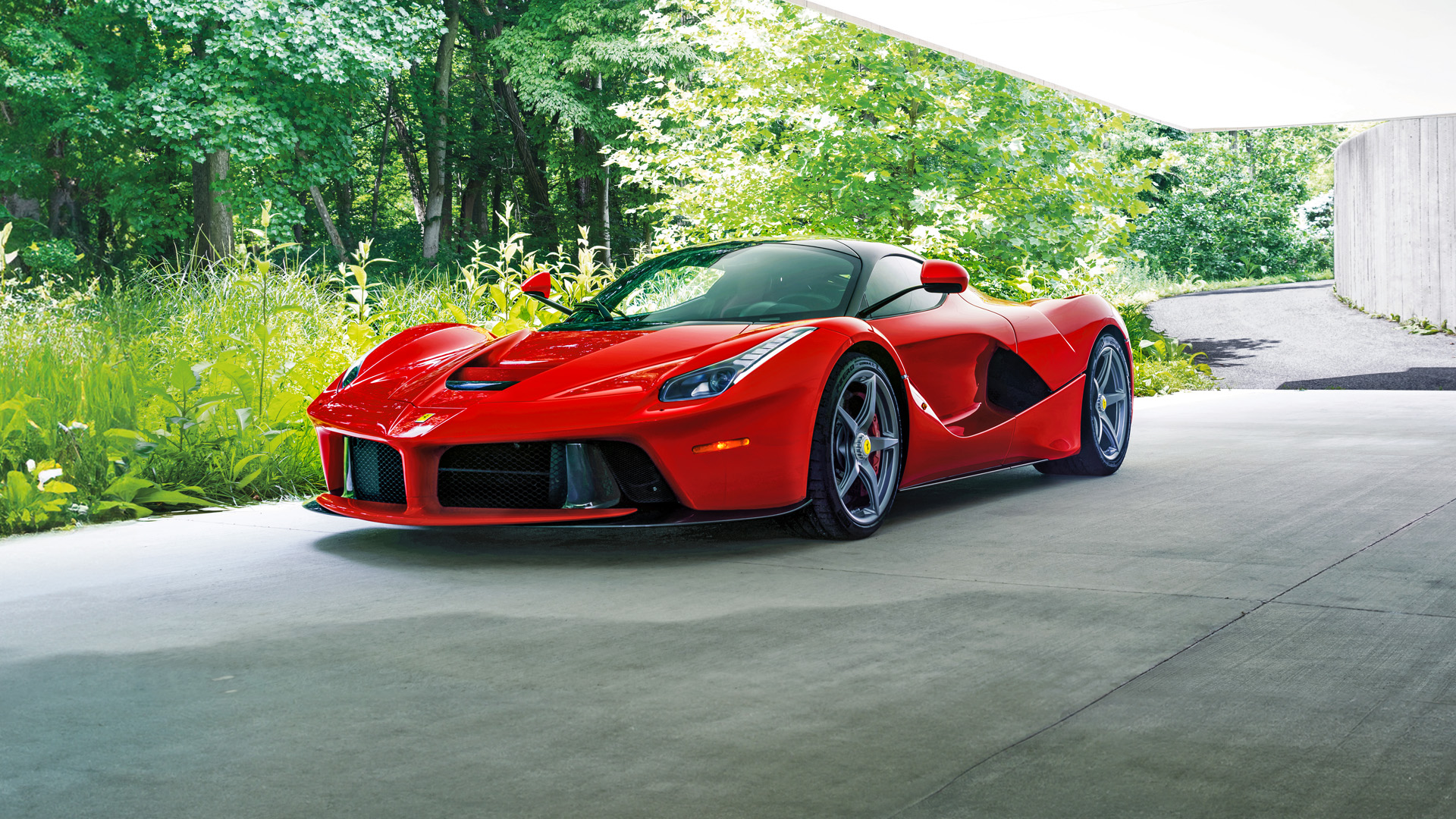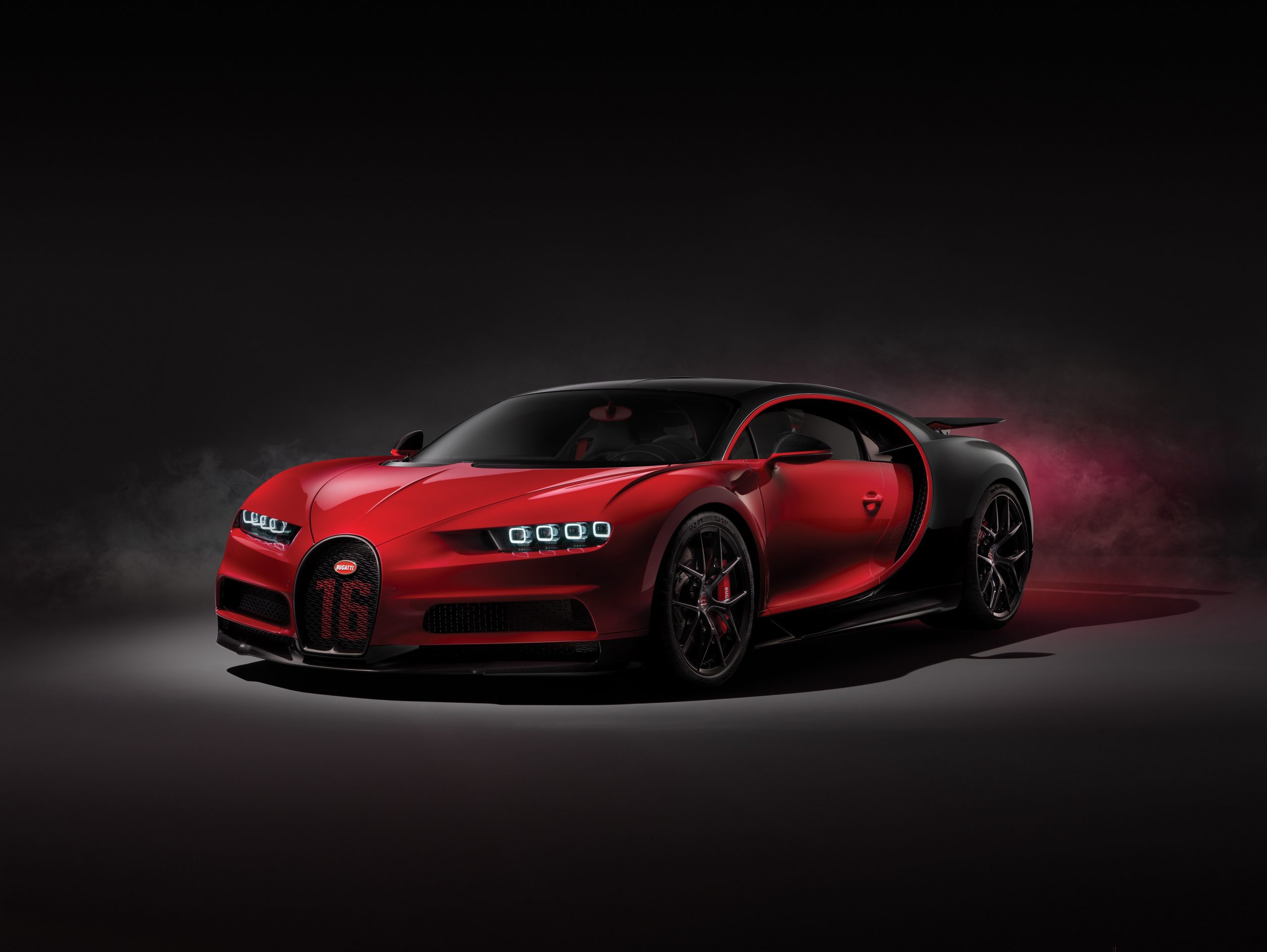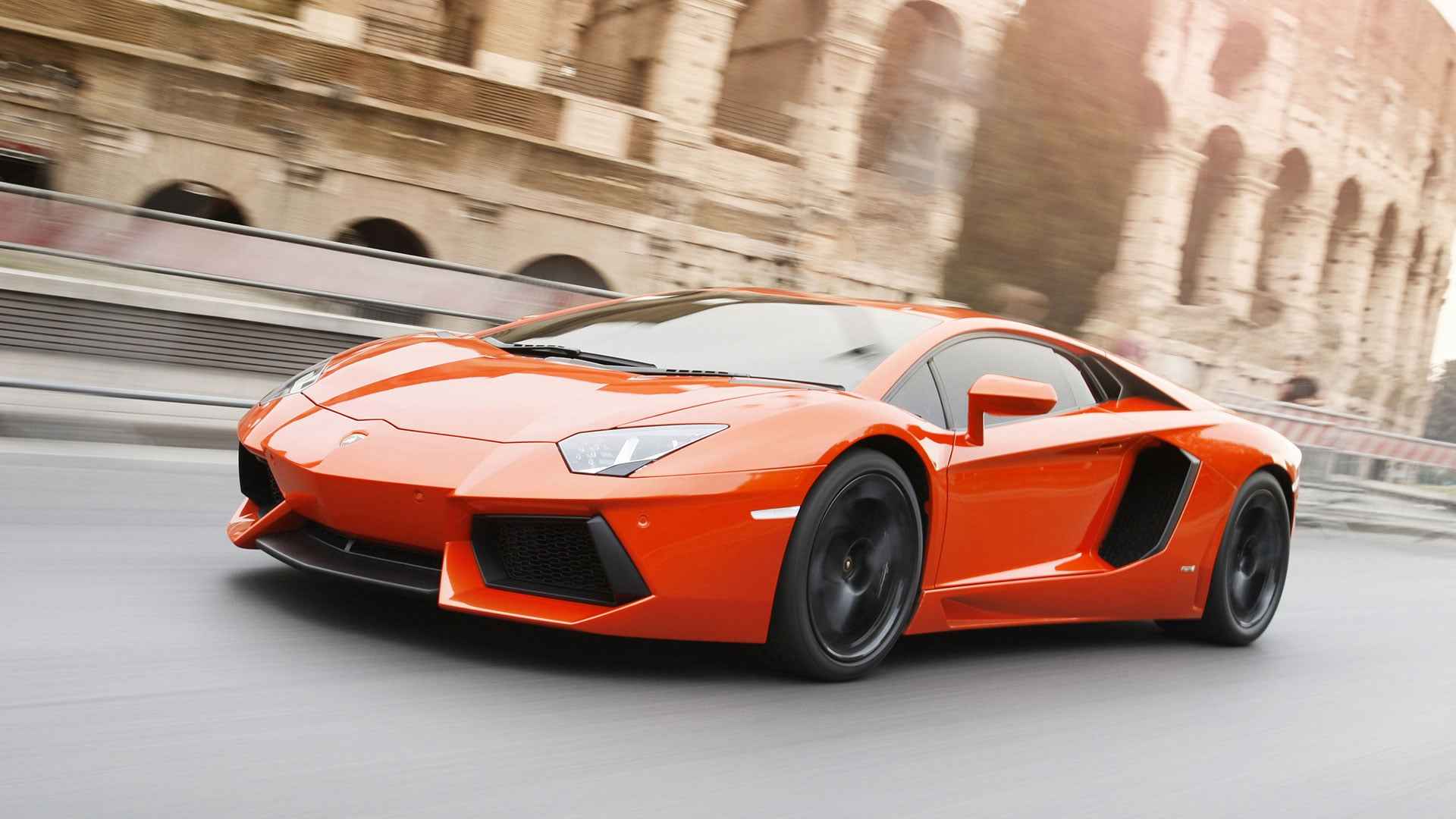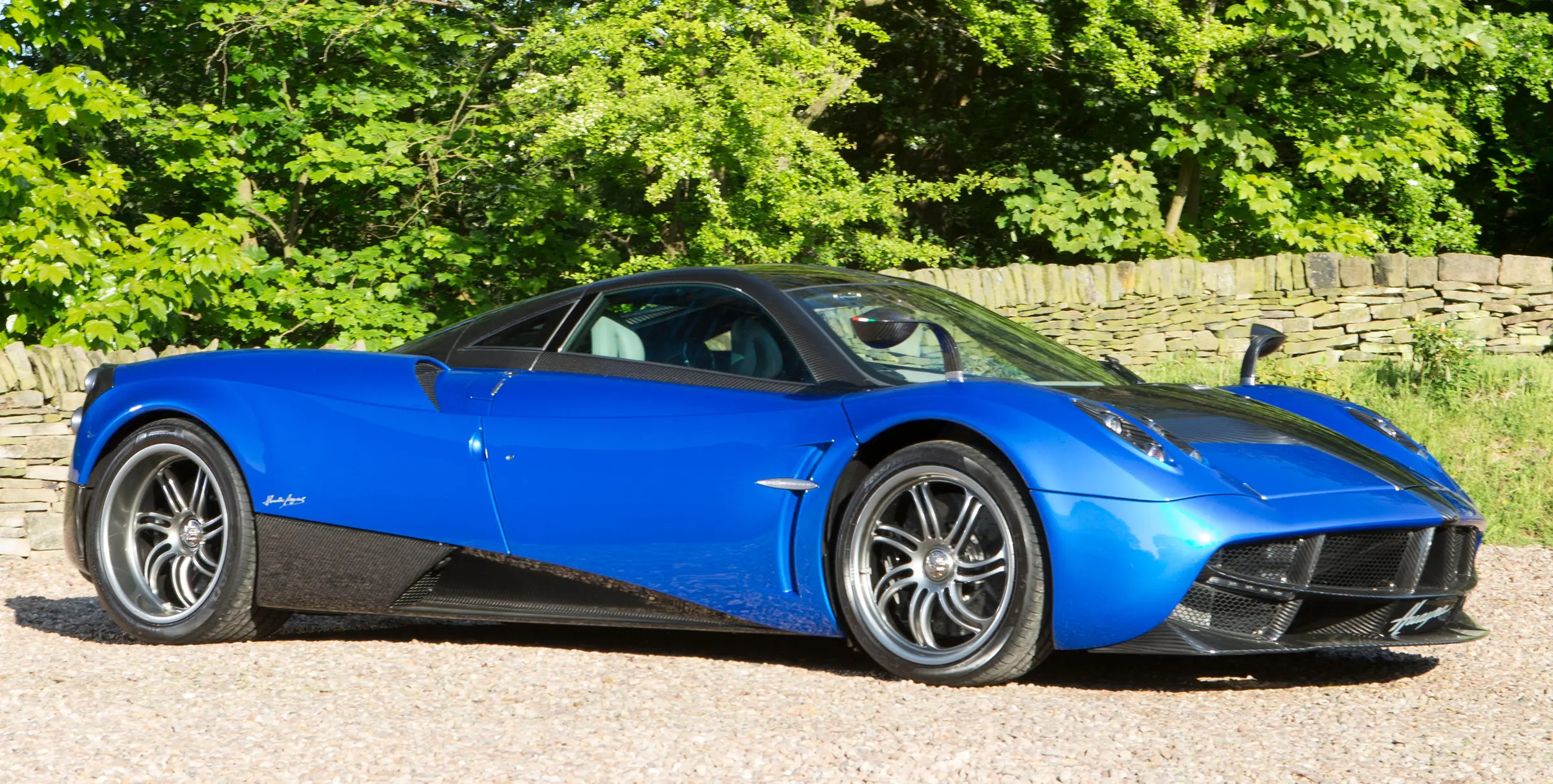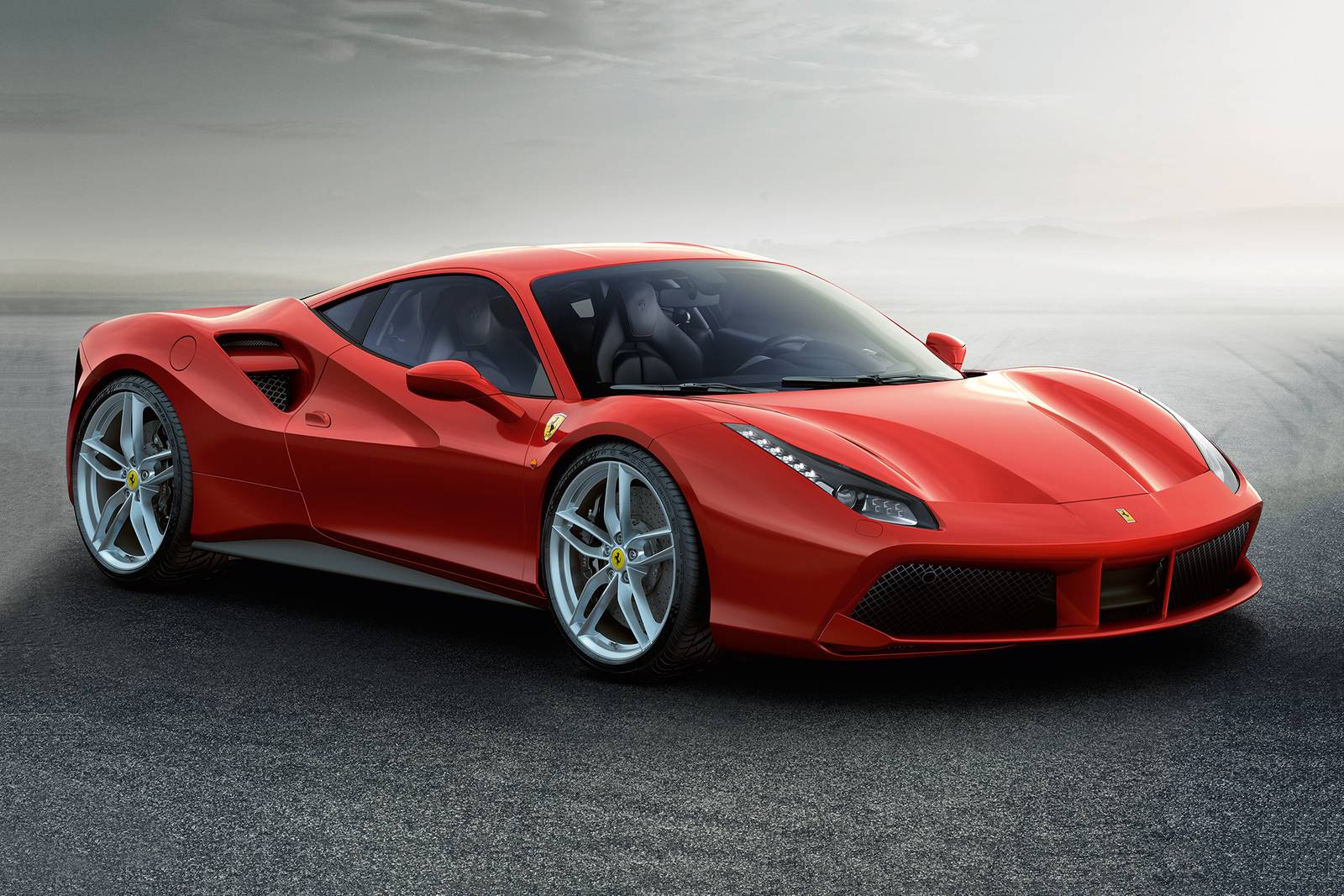The 2010s signified a fairly remarkable decade for supercar enthusiasts, with manufacturers pushing the boundaries of what they could do in terms of technology, design, and materials. This decade not only saw the evolution of many ideas introduced in the 2000s, but also the birth of the performance hybrid. The 2010s also saw the 300 MPH barrier finally beaten by the arrival of true hypercars, not just “hyper-super” cars.
Of the hundreds of new supercars that were introduced during the 2010s, there are five (technically eight) that we feel were the most iconic, the most important, and/or the most significant. These are the cars that redefined what a supercar was, and led us to the current golden age of supercars that the 2020s have become.
The Hypercar Holy Trinity (McLaren P1, Porsche 918 Spyder, Ferrari LaFerrari)
While this entry technically covers three cars, they all came out in the same year, 2013, and all three were the introduction of performance hybrid supercars to the masses. At the time, they did qualify as hypercars, but today would be considered upper-tier supercars.
McLaren P1
The McLaren P1 is iconic, as are its two compatriots, for adapting the F1 style KERS (Kinetic Energy Recovery System) semi-hybrid system of the time and turning it into a full hybrid system. Launched in 2013, it combined a 3.8-liter twin-turbo V8 with a single electric motor in the transaxle, combined to produce 903 horsepower. All of that power also went through the rear wheels only, making it somewhat prone to snap oversteer if the conditions were right. Because of that, Jeremy Clarkson of BBC’s Top Gear at the time gave it the label of “The Widowmaker.”
The P1 was iconic in many other ways, including using the same wave of carbon fiber used for McLaren’s F1 cars in the monocoque, adjustable suspension for multiple driving modes from road to track, and a Drag Reduction System (DRS) that flipped the rear wing horizontal to allow for maximum airflow and maximum speed. It was a very rapid car too, being one of the first to consistently hitting 60 MPH from a standstill in under 3 seconds, and while it could not match a Veyron in speed, it was still able to hit 217 MPH. Should you want to run without the engine, you could drive on the electric motors only, but you’d run out of power after only a few miles.
The P1 was not just about speed, however, as it was McLaren’s first vehicle since the F1 to be labelled a hypercar. Even more importantly, it was released when McLaren Cars as a company had only existed for a little over 3 years. Most manufacturers would love to be able to sell out a limited run of cars after being around for only three years, but McLaren did it. As it was limited, and is so iconic, it is now one of the most coveted collectors items from the 2010s.
Porsche 918 Spyder
Porsche’s contribution to this trinity, the 918 Spyder, debuted in 2013 as well. What made the Spyder special was that of the three cars, it was the only one that had two electric motors in conjunction with the 4.6-liter V8 slung in the middle. One was mounted in the transaxle, while the other electric motor took inspiration from the 919 Hybrid Le Mans Prototype and drove the front axle, effectively giving the 918 electronic all wheel drive.
Combined, the two motors and the V8 pushed out 887 horsepower. Unlike the other two in the trinity, because of having eAWD, it was actually the fastest of the three in terms of acceleration, doing 0 to 60 MPH in a hair under 2.3 seconds. It would also keep going to a top speed of 211 mph in “full deployment” mode. Another advantage of the eAWD was that even in tricky conditions, such as rain or even light snow, as the 918 also had all wheel steering, where the rear wheels would turn a few degrees to rotate the car harder and with more grip than most.
The 918 Spyder set records on the Nürburgring Nordschleife, banging in a lap of 6:57, beating the magical 7 minute mark that defines a fast car from a really fast one. The 918 also had active aerodynamics both underbody and above, and had one of the very few examples of a top mounted exhaust system that allowed the car to squat very low and long for exceptional handling. The 918 Spyder is significant and iconic not only because it was an exercise in speed, but because it was also, of the three, the only partial convertible as well, as you could take the roof panels off to have an open top hypercar!
Ferrari LaFerrari
Ferrari’s LaFerrari, introduced in 2013 as well, was absolutely and completely Italian with its design and power deployment. It had the biggest engine of the three, with a 6.3-liter V12 and one electric motor in the transaxle, delivering 950 horsepower. At the time, that made it the most powerful factory Ferrari ever.
It also had the most complex active aerodynamics of the three that could change their shape several times a second. The most prominent was the rear spoiler, which was hidden when in a straight line, but as soon as you entered a corner, the spoiler would slide up out of the bodywork and move constantly to give you perfect grip on the rear to keep it planted. As well, unlike the two other hypercars, you can not run the LaFerrari on electric only, which means engine and electric all the time, always engaged. That is what was meant by being Italian in power deployment: Full power whenever your right foot dips to the floor.
The LaFerrari was, like the other two, an extremely limited edition, and priority went to Ferrari preferred clients. As such, it is highly collectible, but to true tifosi, it is the pinnacle of the 2010s in terms of Ferrari flexing its technical muscle while also making a gorgeous hypercar to look at. It was also the third car to enter into Ferrari’s XX program, which took their road cars and turned them into snarling track monsters, after the Enzo (FXX) and 599 GTB (599XX).
The Bugatti Chiron
The Bugatti Chiron, which made its grand entrance in 2016, was the successor to the legendary Veyron, pushing as hard as it could towards the mystical 300 MPH barrier. Powered by a quad-turbocharged 8.0-liter W16 engine, initially offering 1,479 HP, it evolved year over year until it was boosted to 1,600 HP with the Chiron Super Sport 300+. This power enabled it to hit 0-60 mph in just over 2 seconds, with a top speed that was electronically limited normally to 255 MPH, but using the “speed key,” but could surpass 300 MPH. Of all the supercars and hypercars out there, the Chiron Super Sport 300+ was the first true member of “The 500 Club,” so named because 500 KPH is roughly the same as 300 MPH.
The Chiron also wasn’t just about speed. It was an evolution of the Veyron pushing aerodynamic science and engineering to what felt like the breaking point. Every panel of the Chiron was new, every curve, angle, air intake, underbody shaping was all bespoke to the Chiron. It is iconic because of being the first to break 300 MPH, but it is also iconic because it was the very definition of luxury performance, in the way that only Bugatti could do it.
The Lamborghini Aventador
The Aventador, unveiled in 2011, was Lamborghini’s replacement for the Murcielago, and to many it marked the return to the “crazy Italians” style of supercar. It wasn’t gently rounded with an Audi-like front end. No, the Aventador was an angry collection of sharp edges, extreme angles, and a big honking 6.5L V12 parked right in the middle of it. That, more than anything, is what made it truly iconic: It pushed aside the “safe” styling of the 2000s and came out looking like it was ready to eat the nearest Audi for breakfast.
Originally producing around 700 HP, several sub-models like the SV and the SVJ pushed its power ever upwards, with the SVJ producing 770 HP. The most powerful version was also its final version, the Ultimae, which is listed as coming with 770 HP, but was realistically more around 775 to 780 HP. The entire Aventador model line was iconic for its blend of raw power, aggressive styling, and being a “poster car” destined for bedroom walls all over the world once again.
The Pagani Huayra
Horacio Pagani is a man that doesn’t design cars as much as designing automotive art. Every angle, every surface, every piece of a Pagani car is shaped specifically and has to be made perfectly. The Huayra, which debuted in 2011, was one of his masterpieces. Named after an Incan wind god, the Huayra was powered by a twin-turbo 6.0-liter V12 from Mercedes-AMG, initially producing 730 horsepower.
What made it truly iconic, apart from its achingly gorgeous looks, was its active aerodynamics that used four flaps, two up front and two at the rear, that adjusted for optimum performance. The car’s body was also iconic for using Pagani’s own trademarked carbo-tanium composite, which had strands of titanium filament hand woven into carbon fiber sheets, making the composite extremely strong and lightweight. Each vehicle was also highly customized, making every Huayra unique, and much like how ultra-luxury companies operate, if they could do it, Pagani did it in the customization department. As well, there were only 100 Huayra’s made, so the true significance of the car is that it is extremely exclusive, with an almost OCD level of attention to detail in both design and engineering. It truly was one of the most iconic cars ever made, and its successor, the Utopia, is likely to be one of the most iconic cars of the 2020s.
The Ferrari 488 GTB
Straight out of the gate, the reason that the 488 GTB is iconic is that it was Ferrari’s first entry-level car to be exclusively powered by a twin-turbo engine. There had been turbo engines before, such as the twin-turbo V8 in the F40, but those engines were almost exclusively in the special edition or higher end cars. Using a 3.9-liter twin-turbo F154 V8 that delivered 661 horsepower, it could leap to 60 MPH in roughly 3 seconds, and proved that a turbocharged Ferrari was a realistic and reliable thing.
The direct successor to the naturally aspirated 458 Italia, the 488 GTB’s design was evolutionary, maintaining the “Ferrari look” but with modern twists for better aerodynamics and more fuel efficiency to meet stringent Euro 4 and Euro 5 emissions regulations. The 488 GTB was iconic for bridging the gap between the extreme and the everyday, making high-performance supercars more accessible to a broader audience by bringing the oft-high level turbocharged power to an entry level car. This has continued into the 2020s, with the latest car, the 296, using a twin-turbo V6 with hybrid motors.



